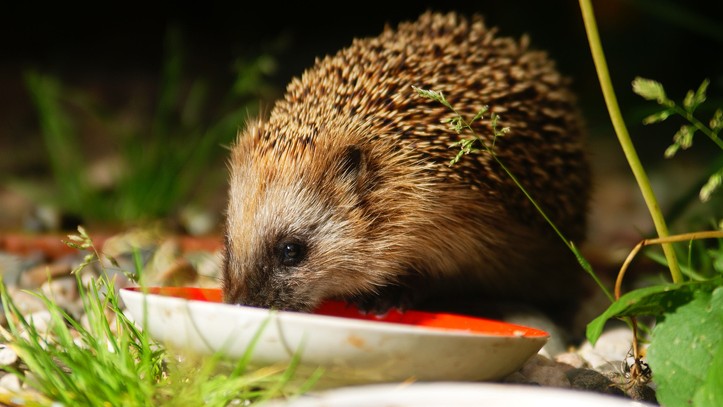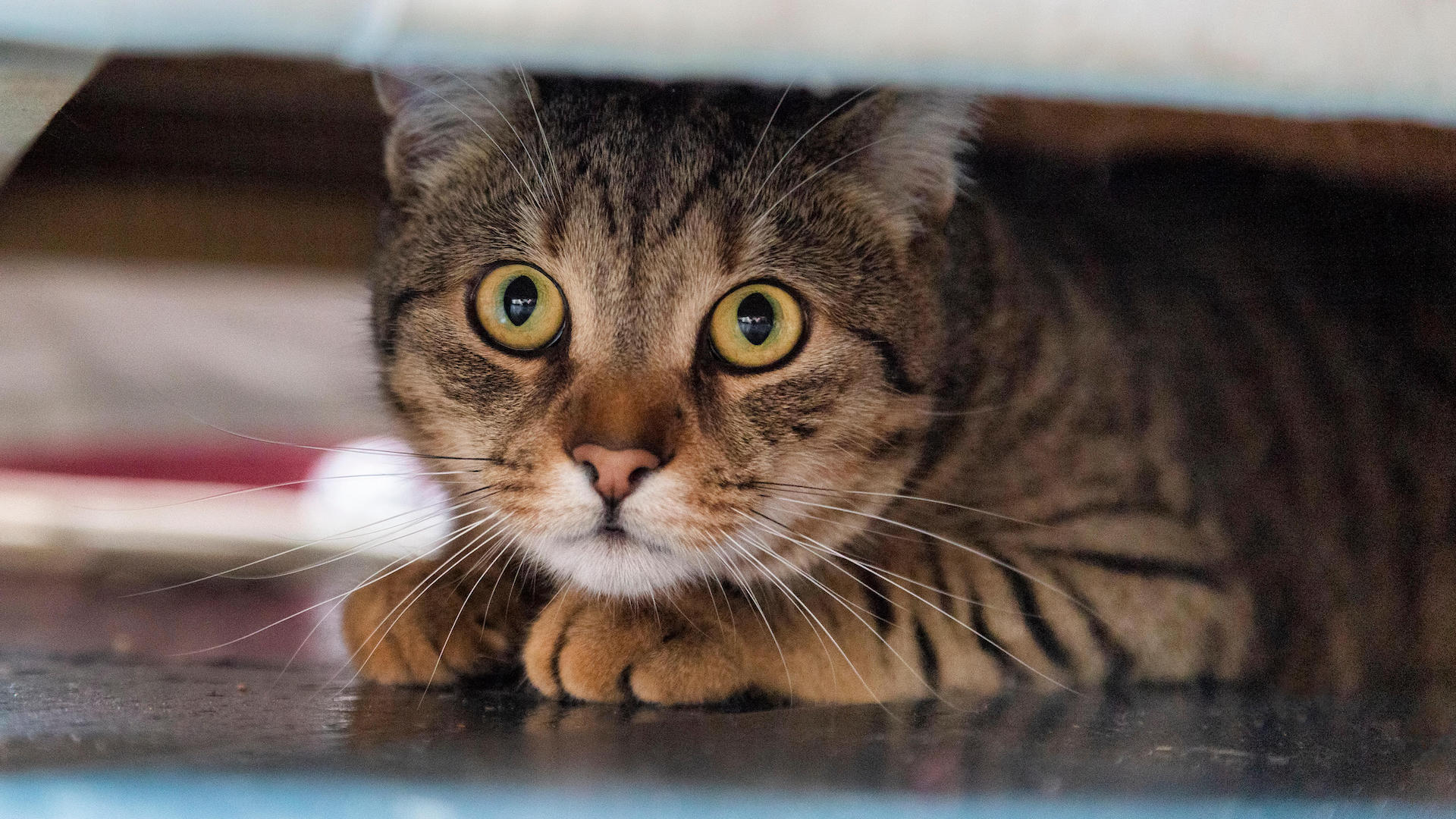What do hedgehogs eat? How to ensure the spikey critters are well fed during cold or dry periods
If you’ve ever wondered what do hedgehogs eat, then our guide to those much-loved garden visitors shares the foods that get our prick of approval

What do hedgehogs eat? If you’re a fan of those cute and mysterious little creatures that slowly and purposefully wander through your garden from time to time, or you’re the proud pet parent of one, then it’s likely you’ve found yourself pondering this question.
You’ve come to the right place, because we’re about to go on a magical journey through the enchanting food-filled world of these cute little critters that’s going to answer that exact question. But first, here's a tiny piece of trivia for you about how the hedgehog got its name.
Hedgehogs will hoover up pretty much any food that’s put in front of them – remind you of any other four-legged creature? Hint: the hedgehog’s name is a bit of a giveaway. Yes, that’s right; the hedgehog got its name because it forages through hedges and the undergrowth just like pigs do, rooting around with its nose and emitting piggy-like grunts.
So what exactly are they dining on under those hedges, and what should you feed them when they’re passing through a hedge near you? Let’s find out.
A day on the plate of a hedgehog
According to the experts over at National Geographic, hedgehogs love filling their tummies with anything from insects and snails to mice and frogs. Who knew that they even like to dine on a snake or two? We certainly didn’t!
Dusk is prime feeding time for these spiky little critters, and when it comes to eating, they’ll make those Thanksgiving turkey marathons of yours look like a simple snack. The African Wildlife Foundation estimates that these small creatures can eat as much as one third of their body weight in just a single night, so you can go ahead and wash that turkey down with a nice big slice of pumpkin pie, and you still won’t come close to rivaling these little guys in the foodie stakes.
You can breathe a sigh of relief, because we’re not expecting you to go foraging around for mice and snakes to feed your early evening visitors or pet, but if those things are off the menu at your house then let’s take a look at what you can give them instead...
What do hedgehogs eat?
The most important thing when choosing what to feed a hedgehog is to go for foods that are high in protein and low in fat. Remember that they eat a lot, so the ratio of these macronutrients is key in keeping them happy and healthy.
While you can buy hedgehog food, you might be as surprised as we were to learn that the safest choice when it comes to feeding these little creatures is actually cat food. It’s a good nutritious choice that provides them with everything they need, and tends to be of higher quality than hedgehog food, which often uses low-quality ingredients.
Dry cat food is best, because it’s higher in fiber, and hedgehogs have a great set of chompers on them, so eating crunchy foods will help keep their pearly whites in tip-top condition. Avoid purchasing kibble designed for kittens, as these tend to be high in fat and can easily upset a hedgehog’s sensitive digestive system. Look for dry cat food that is around 20% protein with no more than 15% fat, and feel free to mix a few types of kibble together to provide a full range of nutrients. Make sure you provide some water alongside the kibble to keep little hedgie well hydrated.
Don’t be afraid to add in a few human treats here and there either, because just like us, hedgehogs love variety. Fruits such as apples, bananas, and berries are sure winners, as hedgehogs love a sweet treat. But don’t go overboard, as too much sugar can cause the same complications in their little bodies as it can in ours. Also, make sure you remove the skins, as these can be a choking hazard. Vegetables also make for a nutritious snack, especially greens, carrots, and radishes.
So now that you know what’s safe to put on your hedgehog’s plate, what should be left off it?
Foods to avoid
If you’ve ever fed a hedgehog bread and milk, you’re not alone. A common misconception is that this is a good meal for these little guys, and if you’re like us when you see one wandering through your garden in the chilly autumn months, all you want to do is make sure it doesn’t go hungry.
But did you know that hedgehogs are lactose intolerant? Milk can make these prickly creatures ill, and bread can be hard to digest and offers little nutritional value. Avoid this meal so that your little hedgie doesn’t get sick and also steer clear of other toxic or unsuitable foods that can cause health issues such as nuts and seeds, grapes and raisins, onions, garlic, mushrooms, chocolate, citrus fruits, avocados, fatty foods or meats, raw meats, processed foods, and insects from shops, as these have likely been exposed to chemicals.
If in doubt, dish the kibble out
So there you have it: when it comes to those wild visitors to your garden or your own pet, you now know what to feed a little hedgie and what to avoid. If you’re ever unsure, stick to dry cat kibble, and you can rest easy knowing that you’re giving your hedgehog friend a safe and nutritious food.
PetsRadar Newsletter
Get the best advice, tips and top tech for your beloved Pets

Kathryn is a freelance writer who has been a member of the PetsRadar family since it launched in 2020. Highly experienced in her field, she's driven by a desire to provide pet parents with accurate, timely, and informative content that enables them to provide their fur friends with everything they need to thrive. Kathryn works closely with vets and trainers to ensure all articles offer the most up-to-date information across a range of pet-related fields, from insights into health and behavior issues to tips on products and training. When she’s not busy crafting the perfect sentence for her features, buying guides and news pieces, she can be found hanging out with her family (which includes one super sassy cat), drinking copious amounts of Jasmine tea and reading all the books.
